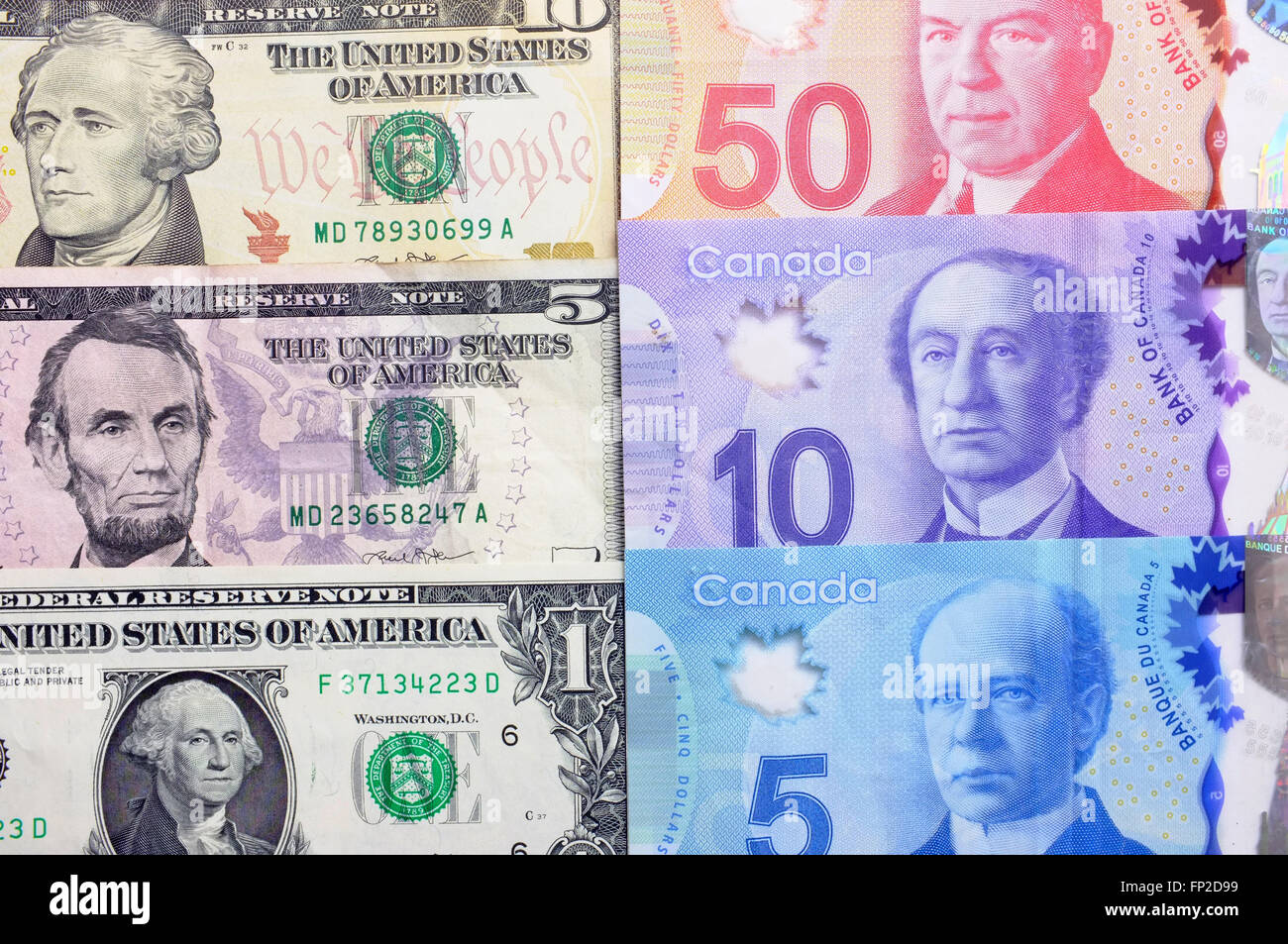
Often, you’ll be charged fewer fees for the transaction.
Use your bank’s ATM abroad for withdrawals where possible: If you need to exchange more currency while out of the country, do your best to find an in-network ATM. However, if you order less than $1,000 USD, a shipping fee of $7.50 will apply. For example, if you have a checking account or savings account with Bank of America, you won’t have to worry about paying exchange fees on online currency orders. However, the fees often depend on where you bank and the type of account you have. Since you already have an existing relationship with them, they’ll give you the best exchange rates and charge you the fewest fees. Exchange at a bank or credit union before your trip: Visiting your local bank is likely the most cost-effective way to convert currency. Here are three of the most affordable options: Typically, you can save on fees if you plan ahead and exchange your currency before you get to Canada. Once you’ve done your conversion, the next step is figuring out where to make the exchange. Individual merchants may also charge additional fees if you ask them to convert a purchase price to your home currency at the cash register. For instance, most credit card processors and ATM networks typically charge a 1% conversion fee on all foreign transactions. Keep in mind that exchanging currency often comes with fees attached, which calculators typically don’t include. Since exchange rates fluctuate on a daily basis, using a calculator can ensure your math is accurate. 
When you’re ready to convert currency, using a currency conversion calculator is a smart way to estimate how much you’ll spend.

Luckily, converting USD to CAD is pretty simple.








